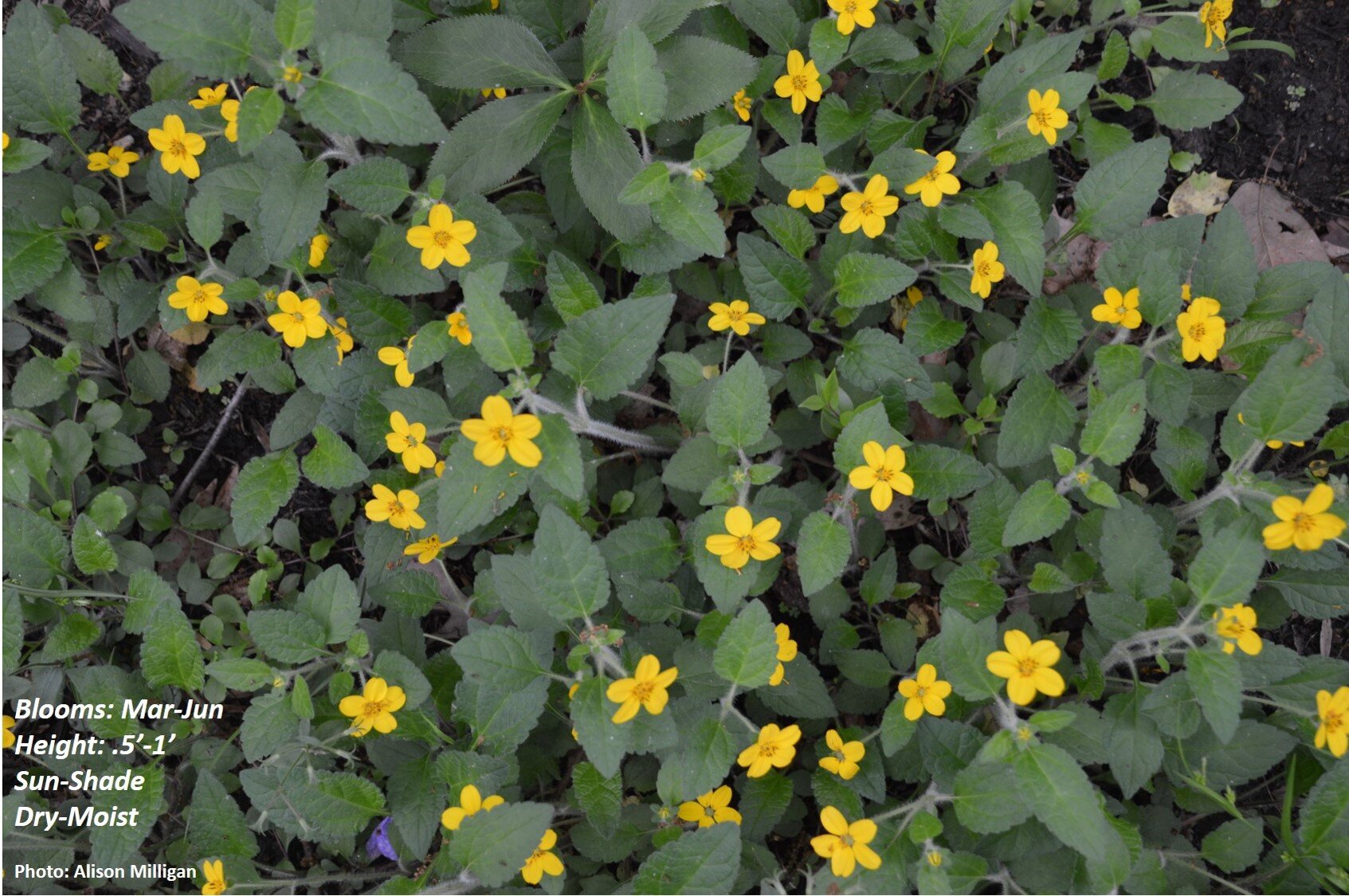June’s Native Maryland Plant
Carex plantaginea Lam.
(KARE-eks plan-taj-in-EE-ah)
Common Name: Seersucker Sedge or Plantain-leaf Sedge
The Covid-19 pandemic has meant that I, like many of you, have been spending most of my time at home, keeping safe and reducing my risk of getting the coronavirus. For me, being at home has meant even more time in the garden, intently observing nature and the emergence of spring while also having the opportunity to look at my plants with a more critical eye. I have been using this time to determine which plants are best at suppressing weeds and reducing maintenance to save myself even more time once things get back to normal.
One plant I’ve grown to admire for its ability to compete with invasives (e.g. periwinkle, Japanese stiltgrass) is Carex plantaginea. This rather ornamental sedge that I planted 3 years ago in a large swath of moist shade under high canopy trees has shown itself to be a star. Because it emerges in early spring, it is effective at suppressing weeds while creating an attractive groundcover along the way - its wide, puckered leaves and showy inflorescence add unexpected visual interest. The common name, seersucker sedge, refers to its crinkled leaves which resemble the very breathable summer fabric known as seersucker – traditionally worn in the South between Memorial Day and Labor Day.
If you prefer planting to pulling weeds in your garden – give Carex plantaginea a try. You may find it gives you just a bit more time on your hands – not on your knees!
NOTE: There are over 1500 species in the genus Carex. Other members of the Cyperaceae family are also called sedges, but those of the genus Carex are called "true" sedges. The study of Carex is known as caricology.
~ Alison Milligan – Mstr. Gardener/Mstr. Naturalist/Mstr. Watershed Steward
Chesapeake Bay Landscape Professional (CBLP)








